Throughout the overlanding and four-wheel driving communities, vehicle modifications and upgrades are always heated topics of discussion, regardless of vehicle make or model. The addition of a snorkel is often one of the more controversial upgrades, and opinions are often split straight down the middle.
On one side people are adamant that snorkels are an absolute necessity, and no serious overland vehicle could be considered complete without one. On the other side, people are firm in their stance that snorkels are purely cosmetic and provide little more than another opportunity to waste money.
While the need for a snorkel on a vehicle that will never leave pavement is highly debatable, once we venture off the beaten path the story quickly changes. Basic chemistry dictates that in order to burn fuel we must mix that fuel in air, and therefore all internal combustion engines require a constant supply of air to function.
If the engine does not have access to clean air, even the most well-prepared vehicles will quickly grind to a halt, putting an end to any plans of adventure. There’s simply no getting around it; until overlanders fully embrace electric vehicles the fact remains that we must supply our engines with clean air.
With the proliferation of quality aftermarket parts, snorkels are now available from a slew of manufacturers for virtually all vehicles, and many OEMs now offer snorkels as pre-installed equipment directly from the factory. These factory fitted snorkels meet all durability tests and come complete with the full factory warranty, dispelling any fears of reduced engine performance when a snorkel is fitted.
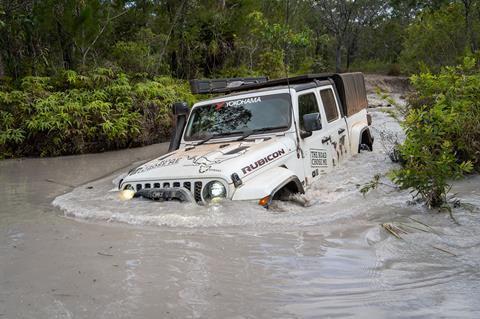
In Deep Water
The most obvious reason to install a snorkel is to raise the engine air intake for deep water crossings. When crossing deep water, it is imperative that the intake remains above the waterline. If it does go under, the engine will ingest water and destruction will be virtually instantaneous. Liquid water inside the engine cylinders will not compress like air does, and rising pistons will be met with a force that cannot be overcome.
That immense force must go somewhere, and the outcome of an engine ingesting water is usually bent con rods or cracked engine blocks. Regardless of the precise failure mode, the engine will then be as useful as a boat anchor. The best-case scenario for repair is a complete engine rebuild, while the worst case is complete replacement. Either way, the repair bill will stretch into the thousands of dollars.
To avoid the engine ingesting water, a snorkel is added. Just like a person using a snorkel to breathe air while underwater, a vehicle snorkel provides the engine with fresh air even if the engine itself is completely submerged.
While it would be ideal to always walk any deep water that may be encountered, that is not always possible for a variety of reasons. Throughout Africa and northern Australia the water may be home to crocodiles, snakes and other critters that are best left well alone. On some tracks murky water crossings can also be so numerous and continuous it’s simply not feasible to walk them all unless we plan to spend days or weeks covering a hundred miles.
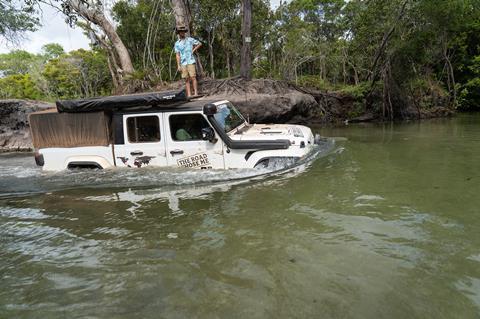
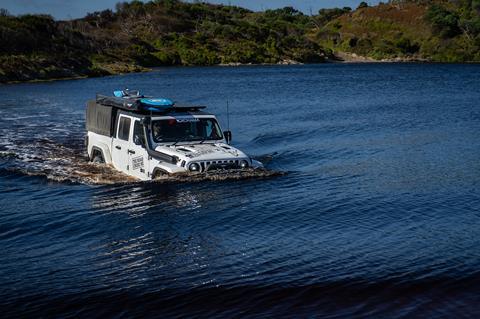
Vehicle preservation is paramount on a large expedition, and it would be preferable to avoid deep water crossings altogether, by either driving around or turning back. Unfortunately, sometimes that is simply not possible. On more than one occasion in West Africa I was crossing a country using a limited-time transit visa, and I did not have a multiple-entry visa for the country I had just left.
That meant that no matter what I encountered, I had no choice but to continue forward. Even when the mud and water splashed over the hood, completely submerging the engine, I was forced to continue. With dense jungle encroaching on the tracks, I was often already scraping both sides of the Jeep on trees and vines as I drove into deep water crossings—there really was no way around.
Given how far I was from civilization, parts and support, it was at those times I was immensely happy to have added a snorkel to my vehicle.

Keep in mind that most factory airboxes have drain valves in the bottom to evacuate water in the event it does make its way inside. When a snorkel is installed for the purpose of deep-water crossing, it’s advised to seal these drain valves and to use silicon sealant on the connection between the snorkel and factory airbox. This will help make absolutely certain water cannot be sucked in through any joint in the intake system that may be underwater during a deep crossing.
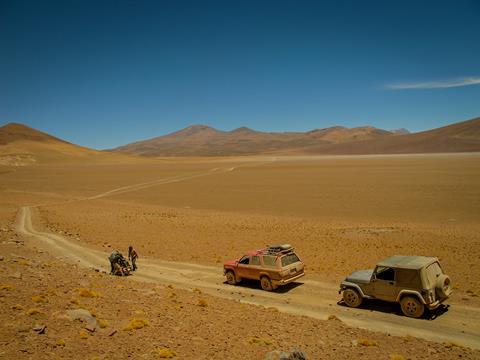
Dust Life
Many people are unaware that snorkels provide an additional function that is equally essential to the success of a long-term expedition.
In the Atacama Desert of Bolivia the dust on the altiplano was so severe I was forced to stop every ten minutes to clean the dust off my sunglasses just so I could see the track ahead. Seeing how bad the dust was for me to deal with, I shudder to think how much dust entered the engine during my week exploring the desert. On that vehicle I did not have a snorkel, and I learned first-hand how necessary they can be.
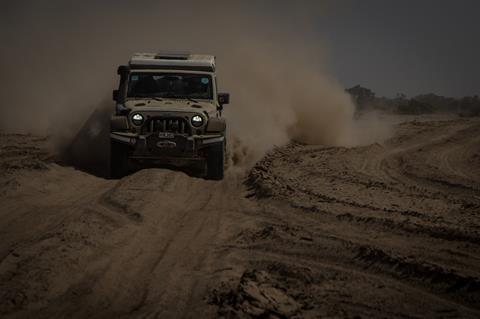
By raising the air intake, a snorkel reduces the amount of dust and debris ingested into the engine. Especially noticeable when following other vehicles, dust suspended in the air can become severe, and all care must be taken to keep that dust from entering the engine. While intake air always passes through the regular engine air filter, that filter can only be relied upon to do so much and likely will not remove one hundred percent of dust under severe conditions. Engine air filters can also quickly become clogged, resulting in reduced engine performance and issues with overheating. Any dust that does get through the filter and enters the engine causes premature wear and tear on internal components and potentially reduce engine life.
As well as raising the air intake high up where there is less dust suspended in the air, snorkels are commonly fitted with a pre-filter to further remove dust and debris. Pre-filters are designed to remove dust from the incoming air before it even enters the regular engine air filer, essentially providing double filtration. Pre-filters often rely on a circular motion of the incoming air to separate dust, and depending on the model can require periodic cleaning or emptying of a collection bowl.
Because of the severe dust I encountered in Africa and Australia I inspect the engine air filter every two and a half thousand miles to make certain dust is not getting beyond the filter and into the engine. In order to provide as much protection for the engine as possible, I replace or wash the air filter every 5,000 miles, which is more frequent than the manufacturer recommended interval. When it comes to protecting my vehicle’s engine, this is cheap insurance.
More than just good looks
While snorkels are very practical and a great insurance policy against severe engine damage and wear and tear, there is also no doubt fitting a snorkel adds a certain look to an overland vehicle, an important consideration for some. My vehicles are purpose-built for long-term travel in the harshest conditions around the planet, and while my primary focus is always how well the vehicle will perform under specific conditions, looking good never hurts.

When planning an overland vehicle build it’s important to consider where the vehicle will be driven and the range of conditions that will be encountered. While deep water crossings may not be part of the original plan, circumstances may arise that leave no choice. Tropical downpours, flash flooding, cyclones, and snow melt can are all common occurrences that can result in road closures that alter travel plans. When venturing into desert terrain, hundreds of miles of dust is virtually a guarantee.

While traveling around the world I’ve spent thousands of hours driving on roads where a snorkel is not needed, and then suddenly I’m thrown into a situation where the snorkel is worth its weight in gold. There have been many times I would have been utterly stuck without one, and likely would have had to risk severe engine damage just to get passed a washed-out bridge or across a swollen river.
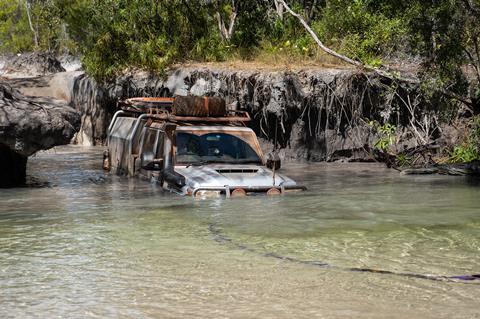
Exploring the remote corners of the globe away from maintained roads and cell service means being as prepared as possible for any situation. For me, that makes the addition of a snorkel an essential upgrade to my overland vehicles.
Snorkel Buyer’s Guide
Now that we’ve got you thinking about the practical application of vehicle-mounted snorkels, take a look at the OVR Overland and Off-Road Vehicle Snorkel Buyer’s Guide to find a snorkel designed specifically for your vehicle.
More Great Info!
This article originally appeared in OVR Issue 02. For more informative articles like this, consider subscribing to OVR Magazine in print or digital versions here.




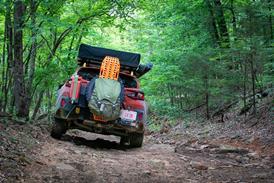
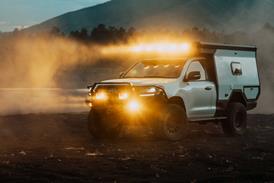
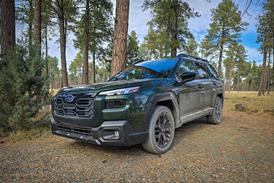
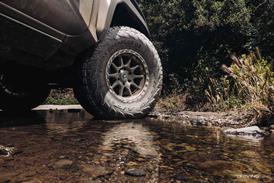
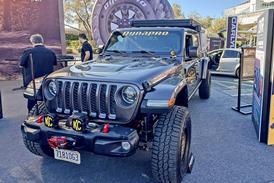
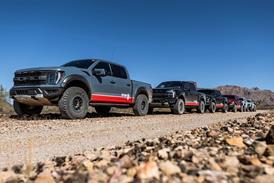
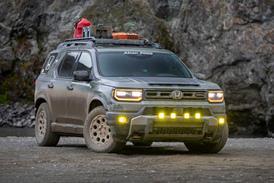


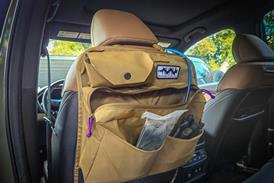







No comments yet